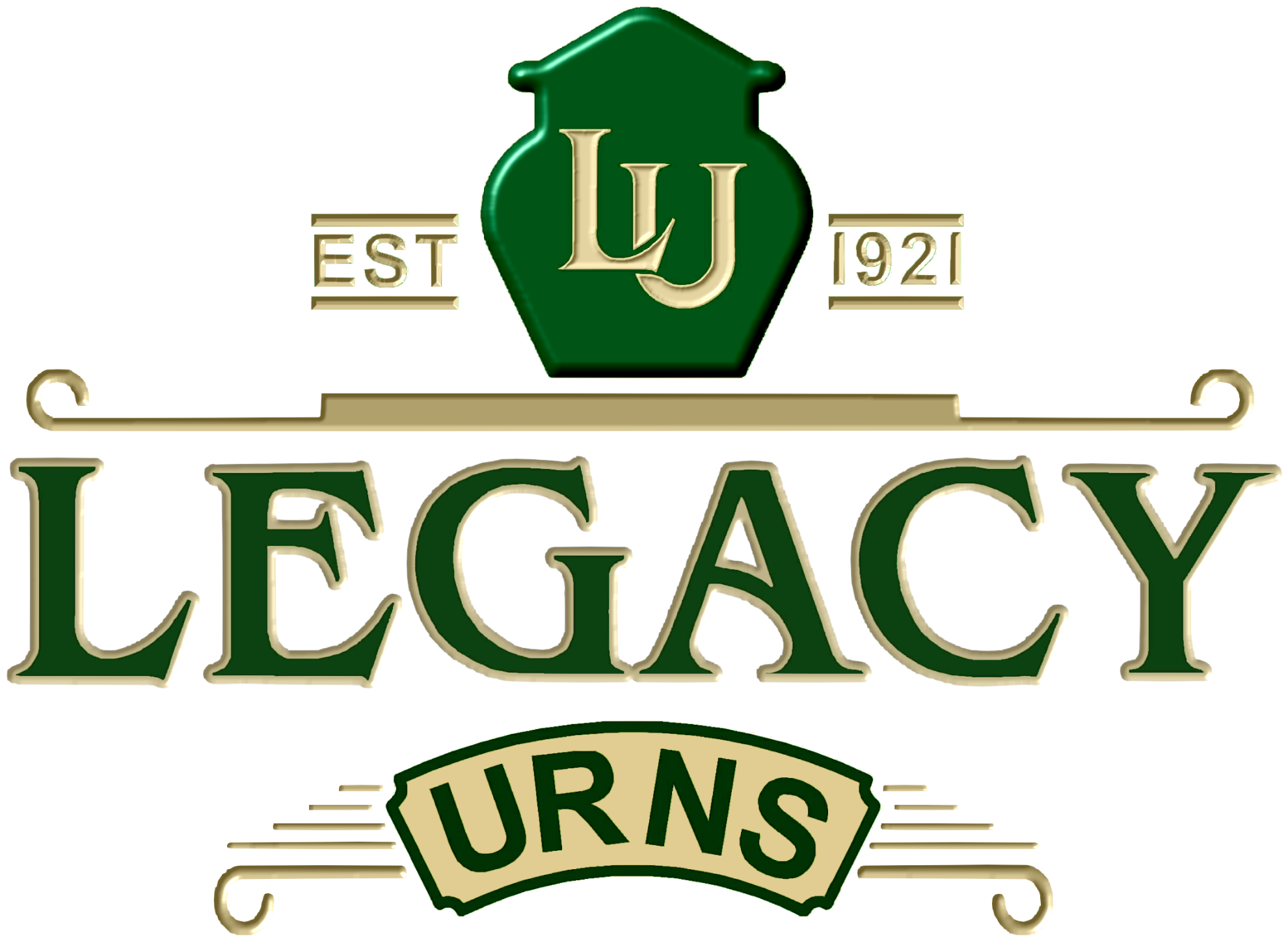When someone passes, it is often left to their family, loved ones, or friends to make many of the tough decisions regarding their end-of-life plans. Some may choose burial, some cremation, but whichever is chosen, a body must be prepared. Below, we will discuss how a body is prepared for cremation and what generally happens.
We share this information to ensure that you can fully understand what occurs in the cremation process, but please note that there are variations in state, provincial, and local laws, and may be differences in legal requirements.
What Is Cremation?
Cremation is the mechanical, thermal, or other dissolution process that reduces human remains to bone fragments. Cremation also includes the processing and pulverization of bone fragments into pieces that are no longer than one to eight inches in size.
Cremation Types
The most common cremation type is flame-based and alkaline hydrolysis, a legal cremation process in the United States and Canada. Additional processes are undoubtedly being explored but not generally accepted by those who regulate cremation.
Flame-based cremation utilizes fire and heat to reduce human remains to bone fragments or cremated remains. This process happens within a machine called a cremator. This is the most common form of cremation available from most funeral homes.
Alkaline hydrolysis is a water-based dissolution process that reduces human remains to bone fragments. Hydrolyzed remains happen after alkaline chemicals, heat, agitation, and pressure accelerate natural decomposition. This is only available in a few states and provinces within the United States and Canada.
How is a Body Prepared For Cremation?
Fire Cremation
Before cremation begins, funeral directors will respectfully wash, then sanitize a body and dress it in a cotton white sheet.
The first step is placing the body on a metal tray. In some cases, wood or charcoal may be used. If requested, the body is then placed into a casket or a combustible container. Then, the body is placed into the cremation chamber, and the heat from the flames begins to consume the body eventually. Once reduced to ashes and small bone fragments, the remains are carefully collected and placed into an urn. Should the body have any surgical implants, they are removed from the ashes before being given to the family.
How Long is a Flame Cremation Process?
Usually, a cremation can take about two hours. The actual time it takes depends on the size and weight of the body and what type of incinerator is being used.
Alkaline Hydrolysis Cremation
Alkaline hydrolysis uses water, alkaline chemicals, heat, and sometimes pressure along with agitation to accelerate natural decomposition. The accelerated decomposition leaves bone fragments and a neutral liquid called effluent. The decomposition occurs the same as after burial, only sped up dramatically faster. The effluent is sterile and contains salts, sugars, amino acids, and peptides. There is no soft tissue or DNA left after the process completes. The effluent is discharged with other wastewater and is a welcome addition to many water systems.
The body is prepared respectfully and sanitized. An alkaline hydrolysis machine is comprised of a single chamber that is air and watertight. The chamber holds 100 gallons of liquid, and the deceased is placed inside. Sex, body mass, and weight of the deceased determine the solution of water and alkaline chemicals to fill the chamber. The contents may further undergo agitation, pressure, or heat.
How Long Does Alkaline Cremation Take?
Alkaline hydrolysis can take three to sixteen hours, depending on equipment and body mass.
How Do I Know I Received My Loved One’s Remains?
Chain of custody refers to the chronological documentation of the custody, control, transfer, analysis, and disposition of remains and personal property. Since cremation is an irreversible, unstoppable process, every step is meticulously documented from start to finish.
Identification checkpoints are:
- Removal of deceased from the place of death
- Transport to the crematory
- Placement in storage
- Placement in cremator
- Removal from cremator
- Processing at pulverizer
- Placement in urn
- Return to Authorized Agent
At Legacy Urns and Headstones, with more than a century of experience, we know that while death is a complicated topic, it deserves to be spoken of and understood. Cremation is a beautiful alternative to burial, and this information will assist you in making an informed decision about end-of-life plans.
